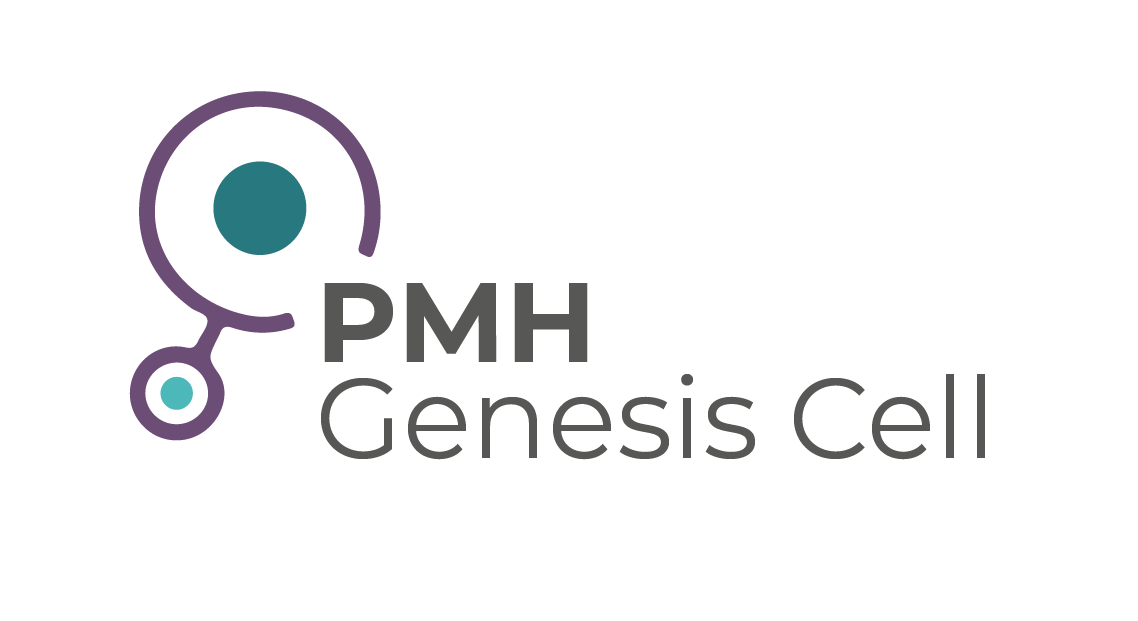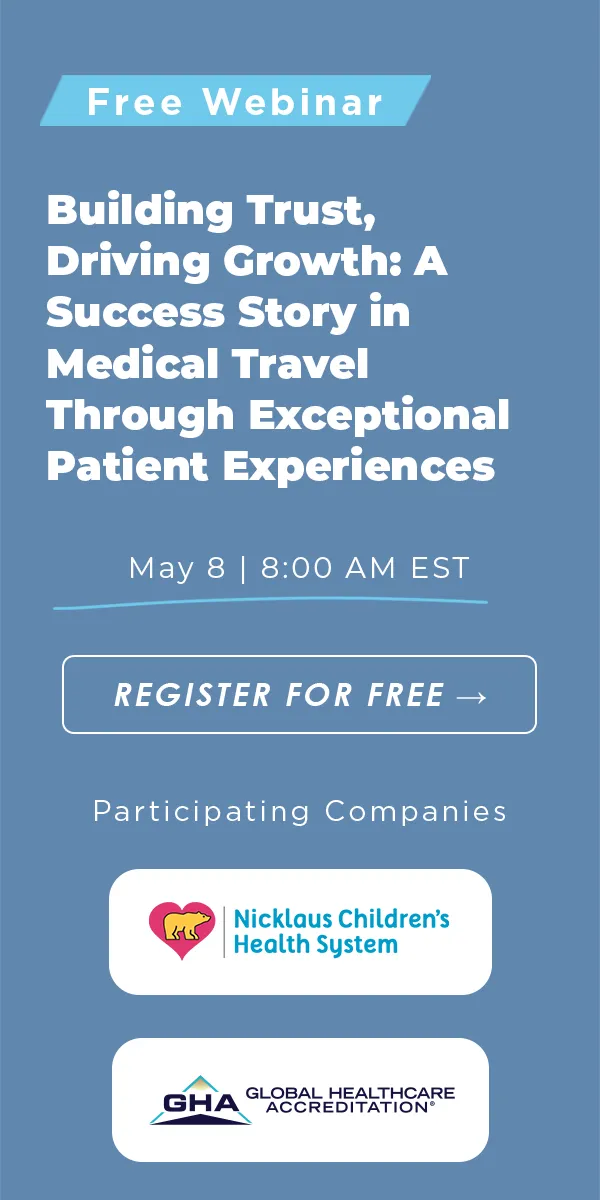Abdominoplasty (Tummy Tuck)
Steps Involved in IVF:
Procedure Description
Abdominoplasty, commonly known as a tummy tuck, is a surgical procedure aimed at removing excess fat and skin from the abdominal region. The surgery also typically involves tightening the muscles of the abdominal wall. This procedure is often sought by individuals who have undergone significant weight loss, pregnancy, or aging and are left with sagging skin and a protruding belly that doesn't respond to diet and exercise. While abdominoplasty is not a weight-loss procedure, it helps contour the abdomen to create a more toned appearance.
It is essential to note that there are several types of tummy tucks: mini, standard, and extended. The mini tummy tuck focuses on the lower abdomen, while the standard and extended types include the upper abdominal region as well. Extended tummy tucks may also target the flanks and lower back. Your surgeon will help you decide which procedure best suits your needs based on your body type and desired results.
Choosing to undergo abdominoplasty is a significant decision that should be made after careful consideration and consultation with healthcare providers. The procedure is often elective, meaning that it is not medically necessary but rather an option for improving one's body image and self-esteem. However, it may also offer functional benefits, such as alleviating back pain or correcting a ventral hernia.
Procedure Duration
The duration of the abdominoplasty procedure varies depending on the complexity of the surgery and the specific needs of the patient. On average, the surgery takes between 2 to 5 hours. It is generally performed under general anesthesia, meaning you will be asleep during the procedure. After the surgery, patients typically spend a few hours in the recovery room before being moved to a hospital room for an overnight stay or longer, depending on the surgeon's recommendations.
The recovery process can also vary but generally takes several weeks. The first few days post-operation usually require complete rest, while physical activity should be gradually reintroduced over a period of 4 to 6 weeks. It's crucial to follow post-operative care instructions to minimize risks and improve the chances of a successful outcome. Complete healing and settling of scars can take up to a year.
Patients are often advised to schedule follow-up appointments for suture removal, monitoring healing, and addressing any concerns. A supportive abdominal garment or binder is usually recommended to help reduce swelling and support the newly contoured abdomen during the initial recovery phase.
Benefits
- Cost Savings: Medical tourism often offers significant cost advantages compared to undergoing the procedure in one's home country.
- Expertise: Many destinations specialize in cosmetic surgeries and have highly trained surgeons.
- Advanced Technology: Medical facilities in popular destinations often boast cutting-edge technology and state-of-the-art equipment.
Potential Destinations
- Brazil: Known for its excellence in cosmetic surgery.
- Thailand: Offers high-quality healthcare services at competitive prices.
- Turkey: Rising in popularity for its combination of skilled surgeons and modern facilities.
Risks & Considerations
- Travel Time: Long flights post-surgery can increase the risk of complications like blood clots.
- Language Barriers: Potential communication issues with medical staff.
- Legal Recourse: Difficulty in legal actions in case of malpractice.
How to Choose the Right Doctor and Hospital
- Credentials: Check the qualifications and experience of the surgeon.
- Reviews: Look for testimonials or case studies from previous patients.
- Accreditations: Ensure the hospital meets international healthcare standards.
To receive a free quote for this procedure please click on thelink: https://www.medicaltourism.com/get-a-quote
Patients are advised to seek hospitals that are accredited by Global Healthcare and onlywork with medical tourism facilitators who are certified by Global Healthcare Accreditation or who have undergone certification from the Certified Medical Travel Professionals (CMTP). This ensures that the highest standards in the industry are met. GHA accredits the top hospitals in the world. These are the best hospitals in the world for quality and providing the best patient experience. Click the link to check out hospitals accredited by the Global Healthcare Accreditation: https://www.globalhealthcareaccreditation.com
Frequently Asked Questions
What actually happens during hyperstimulation of the ovaries?
The patient will take injectable FSH (follicle stimulating hormone) for eight to eleven days, depending on how long the follicles take to mature. This hormone is produced naturally in a woman’s body causing one egg to develop per cycle. Taking the injectable FSH causes several follicles to develop at once, at approximately the same rate. The development is monitored with vaginal ultrasounds and following the patient’s levels of estradiol and progesterone. FSH brand names include Repronex, Follistim, Menopur, Gonal-F and Bravelle. The patient injects herself daily.
What happens during egg retrieval?
When the follicles have developed enough to be harvested, the patient attends an appointment where she is anesthetized and prepared for the procedure. Next, the doctor uses an ultrasound probe to guide a needle through the vaginal wall and into the follicle of the ovary. The thin needle draws the follicle fluid, which is then examined by an embryologist to find the eggs. The whole process takes about 20 minutes.
What happens to the eggs?
In the next step, the harvested eggs are then fertilized. If the sperm from the potential father, or in some cases, anonymous donor, has normal functionality, the eggs and sperm are placed together in a dish with a nutrient fluid, then incubated overnight to fertilize normally. If the sperm functionality is suboptimal, an embryologist uses Intracytoplasmic Sperm Injection to inject a single sperm into a single egg with an extremely precise glass needle. Once fertilization is complete, the embryos are assessed and prepared to be transferred to the patient’s uterus.
How are the embryos transferred back to the uterus?
The doctor and the patient will discuss the number of embryos to be transferred. The number of successfully fertilized eggs usually determines the number of eggs to be placed in the uterus. Embryos are transferred to the uterus with transabdominal ultrasound guidance. This process does not require anesthesia, but it can cause minor cervical or uterine discomfort. Following transfer, the patient is advised to take at least one days bed rest and two or three additional days of rest, then 10 to 12 days later, two pregnancy tests are scheduled to confirm success. Once two positive tests are completed, an obstetrical ultrasound is ordered to show the sac, fetal pole, yolk sac and fetal heart rate.
Embryoscope©
Built into this technology there is a microscope with a powerful camera that allows the uninterrupted monitoring of the embryo during its first hours of life. In this way, we can keep a close eye on the embryo, from the moment when the oocyte is inseminated and begins to divide into smaller and smaller cells, until it can be transferred to the uterus.
Orthopedics Stem Cell
Knee
Research on mesenchymal stem cells regenerative properties in knee osteoarthritis. In these studies, researchers suggest that Stem Cell Therapy has the potential to regenerate lost cartilage, stop and reverse cartilage degeneration, provide pain relief, and improve patient mobility.
Shoulder
Stem Cell Therapy as an Alternative to Rotator Cuff & Shoulder Replacement Surgery. Stem cell therapy may offer an excellent alternative for patients looking to avoid shoulder joint replacement surgery, as well as many other surgical treatments for shoulder pain.
Ankle
If you suffer from chronic or acute ankle pain or instability due to arthritis, cartilage loss, ligament strain or tear, or tendon damage, then you may benefit from non-surgical stem cell treatments or stem cell-enhanced surgery.
Back Pain
Patients now have a minimally invasive option. Stem cell therapy for back pain and disc herniations can potentially repair the damaged disc or facet joint, restore function, rehydrate the disc, and ultimately alleviate chronic pain.
Anti-Aging Stem Cell
Hair Loss
Stem cell therapy and PRP therapy have been shown to be most effective for: Those in the early stages of hair loss, patients who are not viable candidates for surgery and women who prefer to avoid hair surgery.
Facial Anti-Aging
Aesthetic Anti-Aging. The Aesthetic Stem Cell Localized Treatment is a non-surgical minimally invasive procedure to enhance the appearance of aging skin and hair restoration. This all-natural technique combines dermal injections of bone marrow or adipose tissue derived stem cells and growth factors.
Fertility Stem Cell
Endometrial PRP
The stem cells used for treatment of a thin endometrium include mesenchymal stem cells. In addition, successful repair of the endometrium in pregnancy with stem cells has been reported previously.
Low Ovarian Reserve (PRP)
The treatment uses PRP (Platelet-Rich-Plasma), which with stem cell therapy is the novel therapeutic approach for restoring the quality of the ovarian reserve.Your PRP will contain a physiologic balance of platelets, growth factors and white blood cells tailored specifically for you.

Punta Mita Hospital
Mexico


Punta Mita Hospital - Genesis Cell
Mexico

















